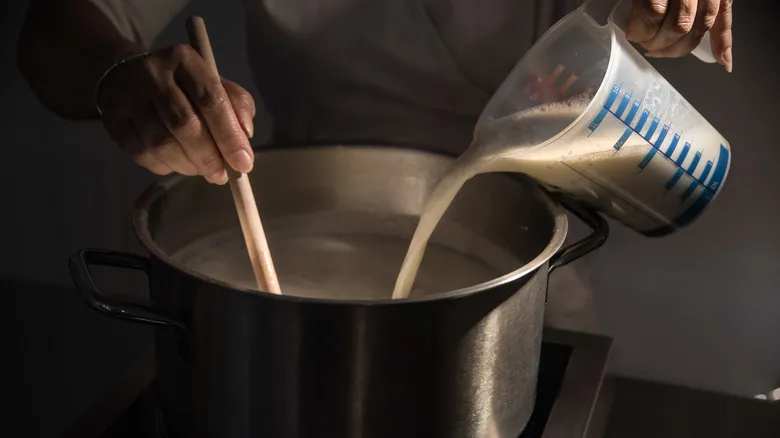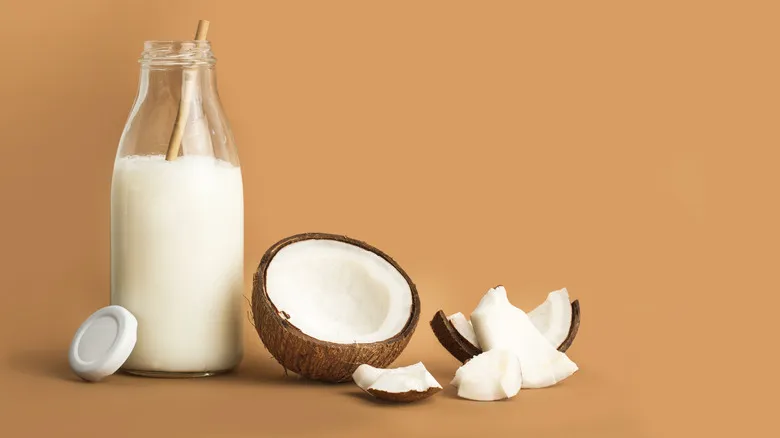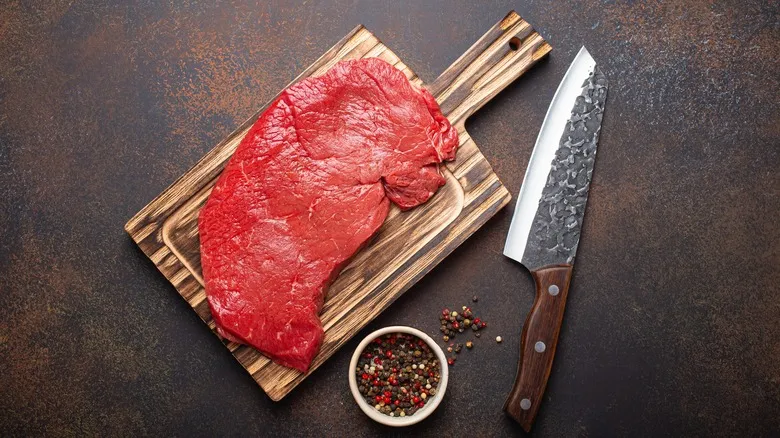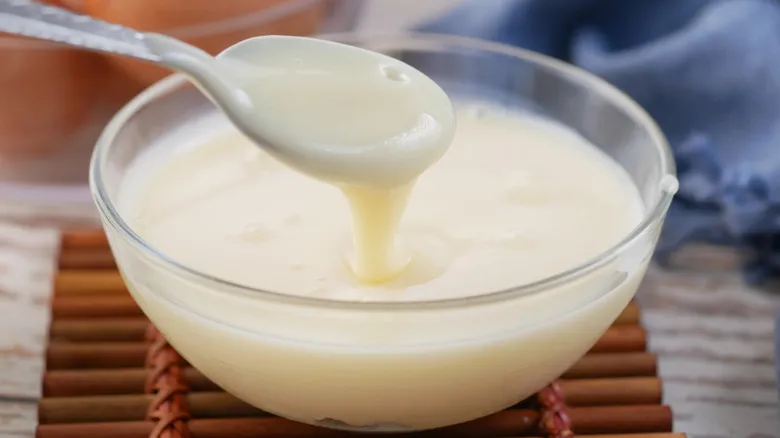Make condensed milk with a reduced blend of milk and cream

To create a homemade version of the creamy condensed milk found in cans, begin by combining a few cups of fresh milk with some white sugar in a saucepan. Aim for a ratio of about three to four parts milk to one part sugar, but feel free to adjust this to suit your taste. Increasing the sugar will not only enhance the sweetness but also contribute to a thicker consistency. Allow the milk to simmer until it reduces by half; as the water evaporates, the flavor will intensify, resulting in a rich, creamy syrup.
When heating milk, there's a chance it may curdle, but you can prevent this by boosting the fat content. While whole milk works well, adding a bit more fat will help achieve a smooth texture. Consider incorporating some heavy cream or butter into the mixture. This also opens up the possibility of adding flavorings; vanilla extract is a popular choice, but spices like cinnamon can also be infused into the milk as it simmers. Although condensed milk is inherently sweet, a small pinch of salt can enhance the overall flavor beautifully.
Use coconut milk for a vegan alternative

An alternative option—if you're seeking a plant-based substitute for sweetened condensed milk—is to create a version using coconut milk. The method is nearly the same as making sweetened condensed milk from cow's milk, but you won't need to incorporate any cream or butter. All you need is a can of coconut milk and some sugar. Aim for a ratio of about three parts milk to one part sugar, combining them in a saucepan and simmering until the mixture reduces by half. At the end, feel free to add any flavorings you prefer. This condensed coconut milk can be used in any recipe that calls for sweetened condensed milk, such as pies, coffee, and ice cream. Just keep in mind that it will impart a coconut flavor, which may influence how it complements other ingredients.
The most challenging aspect of making condensed milk, whether vegan or not, is having patience. Both methods require about an hour for the milk to reduce. During this time, you'll need to monitor the saucepan closely, stirring often and scraping down the sides to prevent burning. While it can be a tedious process, the final results are definitely worth the effort.
Recommended

Irresistible Nacho Cheese Sauce Comes Down To One Special Ingredient

The Tastiest Ways To Use A Top Round Steak

Test Filets Are The Secret To Cooking Fish Stress-Free At Home

How Ina Garten Elevates Store-Bought Mashed Potatoes
Next up

